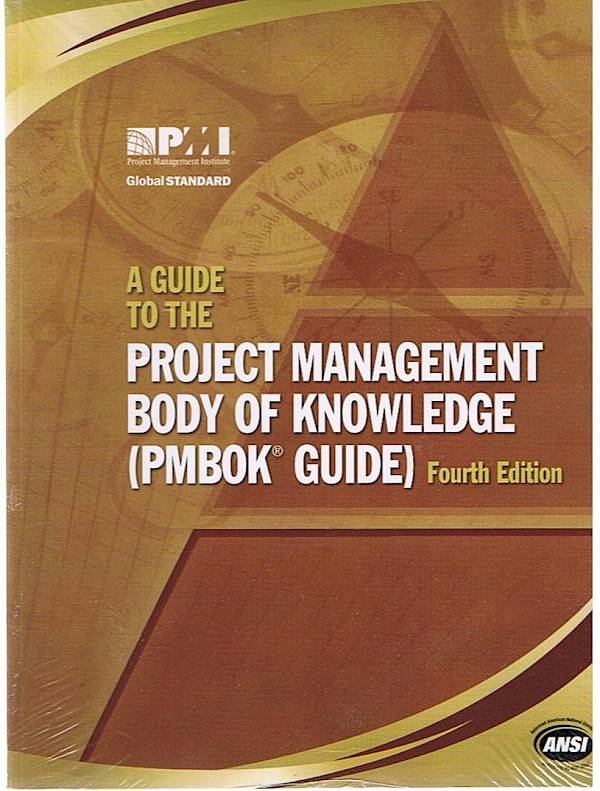Episode transcript The transcript is generated automatically by Podscribe, Sonix, Otter and other electronic transcription services.
Hello everybody welcome to the five minutes BM podcast today. I'd like to talk a little bit about the PMBOK Process Flow The PMBOK Process Flow has been realism today and it's available on my website for a download for those who are interested in the field. The PMBOK Guide it's like the Bible of project management, with 3 million copies and publish among the 100 [email protected] .

